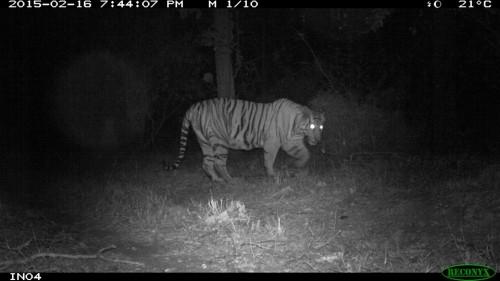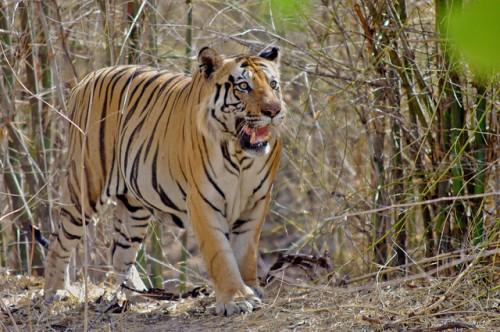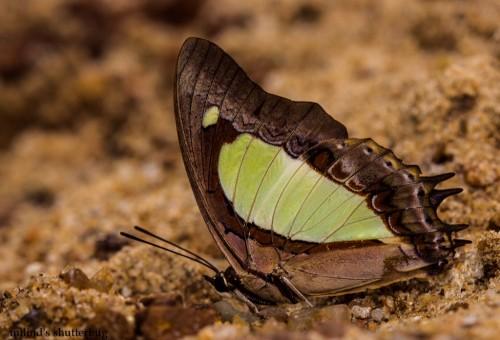It was a wedding that had an invitation list of more than a 1000 guests. In Mohanpur village in Banda district of UP, India, Chunmun the ‘groom’ sparrow wed Guuriya the ‘bride’ sparrow, in a ceremony that had the usual grandeur of a big fat Indian wedding.
On world sparrow day which is celebrated on March 20th each year, the villagers of Mohanpur thought of a unique way to highlight the plight of these little birds and ensure that the whole village participated and cared for the birds.
For the ceremony, Chunmun rode a horse, like a traditional Indian wedding where the groom usually arrives at the bride’s home riding a horse. The procession was led by more than 200 guests. The bride too, got her due attention in her ‘parents’ home. A school teacher couple, Sumanlata and Yashwant Patel, was the ’bride' Gauriya’s parents.
The villagers are known for their love for flora and fauna and it was through this novel idea that they wanted to highlight the plight of the birds that was once very common in the Indian subcontinent.
The House Sparrow is one of the urban birds that have adapted well to living in cities like pigeons and crows. The birds usually feed on grains, but are also comfortable eating bread, roti, or other cooked meals. But over the past decade their numbers have begun to reduce in cities and towns, owing to pollution, and lack of places to build their nests with many urban dwellers removing the bird nests from their premises. Some experts even believe that the increase in cellular phone towers has been responsible for the birds’ plummeting population as the mobile signals are harmful to the birds.
During the traditional Hindu wedding ceremony of Chunmun and Gauraiya, as the two birds took their seven vows around the fire, the villagers too vowed to take care of the sparrows and their future generations.
The wedding was also attended by forest ranger JK Jaiswal, who in his address appreciated the initiative of the villagers and encouraged them to continue doing what they have been for years.
“In the past 25 years, the sparrow population has dwindled by almost 50%,” said Jaiswal. “The major reasons have been human lifestyles, climate change, microwave pollution, human-induced changes in species’ micro-habitat.”
The villagers hope that through such innovative ideas, people can be made aware of growing plight of many birds such as the sparrows that were once quite common in the Indian terrain. A social activism of a different kind, it is surely a story that can bridge the growing gap between humans and animals.
This article was written by Atula Gupta, the head administrator for indiasendangered.com. This article was republished with permission, original article here.




